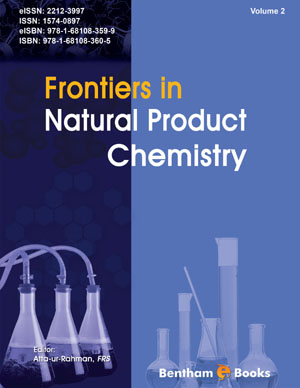Abstract
Bioactive compounds are extra nutritional constituents occurring naturally in plant foods in small amounts, however in quantities enough to produce bioactive effects. Among bioactive compounds the phenolic compounds are a very large set of molecules, which include several groups such as for example flavonoids, phenolic acids or tannins. Small fruits and berries include a wide diversity of fruits, like grapes, strawberries, blackberries, blueberries, raspberries, cherries, hardy kiwi, gooseberries, cranberries, currants (black, white, red), physalis, crowberries, açaí, elderberries, dates or goji berries, and these have frequently been reported as having particularly high concentrations of phenolic compounds with antioxidant activity. Hence, the objective of this chapter is to review the literature about the type and content of different phenolic compounds present in small fruits and berries, as well as their bioactive properties, including antioxidant capacity. All the fruits and berries investigated in this chapter were particularly rich in bioactive compounds, including phenolic compounds that provide the fruits with high antioxidant properties. The most relevant health promoting effects include anti-cancer, anti-inflamatory, neuro protective, cardio protective or anti-diabetes, thus indicating that these foods are a valuable resource to prevent and treat diseases.
Keywords: Anthocyanins, Antioxidant activity, Flavonoids, Health, Phenolic acids, Phenolic compounds.






















